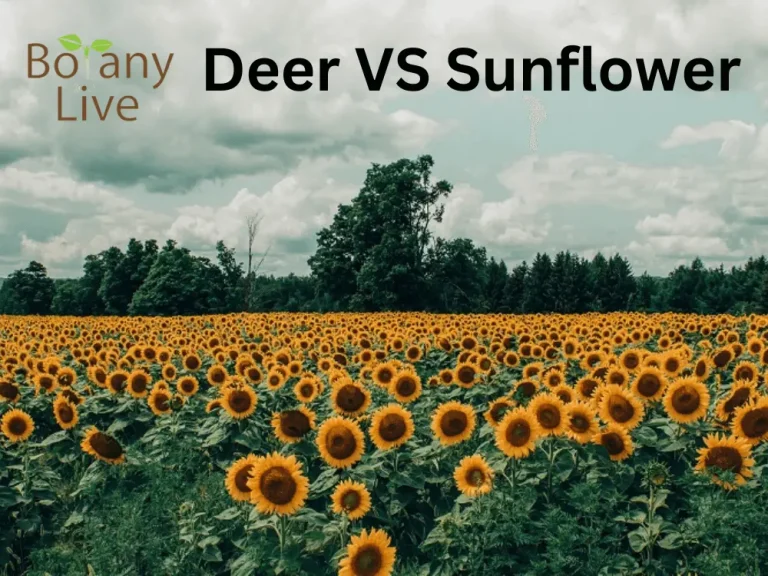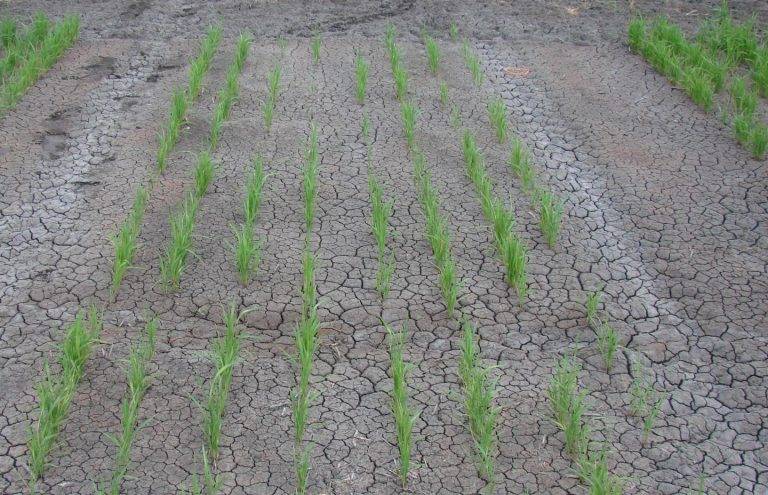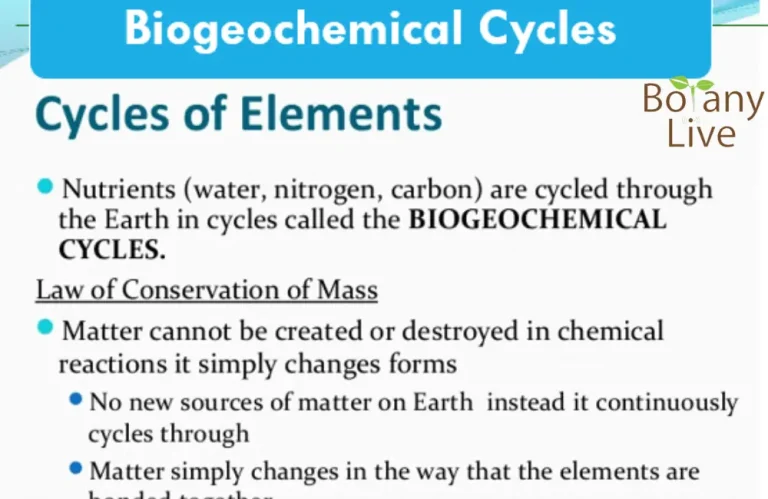Fire as an Ecological Factor – Ecological Benefits | New PPT 2023
Fire as an Ecological Factor – PPTs
What is Fire?
Fire is a part of natural world like wind, rain, etc. All these are the components of ecosystem. Thus consideration of fire as an ecological factor is damn true.
This is the most common hazard in the forest
During summer when there is no rainfall for months, forest floor is covered by leaves, twigs which could burst into flames by slightest spark.
It deals with how often fires have occurred in a given geographical area. This information is collected from the trees.
“The branch of ecology that focuses on the origin of wild land fire and its relationship to the environment (living & non-living components) is called Fire Ecology”. It focuses on Fire as an Ecological Factor and describes its positive and negative impacts on plants, soil, air, and animals.
Fire ecology deals with;
- Fire Dependence
- Fire History
- Fire Causes
- Effects of fire
- Fire Regime
- Fire spread and its types
Types of Fire
- Ground Fires: It burns organic matter in soil beneath surface litter.
- Surface Fires: It spread with flaming front. It burns leaf litter, fallen branches & other parts at ground level. Ground temp. may rise up to 90-120ᴼC
- Crown Fires (Canopy Fires): It burns top layer foliage. It is most intense type of fire common in coniferous forests. Windy condition is more damaging
Fire Scars: Tree record their history through a system of growth rings those develop each years. These rings may be scarred in fire regimes. Dendrochronology is “The study of growth rings”. Dendrochronology helps us to determine when fire had occurred and to determine the intensity and direction of fire as well. This is one of the basic part of understanding fire as an ecological factor.
Fire Regime: Fire regime refers the pattern of fire and the immediate effects of fire in the ecosystem.
Causes of Fire
Almost 90% of fires in the last decade have been human caused, either through negligence or accident. The remaining 10% of fires are caused by lightening strikes
What are the Ecological Effects of Fire?
Fire is neither good no bad, it is just an agent of change.
Human perception depends on resource objectives
Effects of Fire: Biotic
Following are the Biotic Effects of Fire (Plants, Vegetation, Animals)
Effects of Fire on Plants
Plants have evolved many adaptations to cope with fire
Pyriscence (Triggered germination of seeds)
Serotiny (Maturation and release of seed triggered by fire/smoke e.g. Pine cones)
Giant Sequoia requires fire to make gap in the vegetation canopy to let in light as it is shade intolerant.
Some plants have leaves coated with flammable oils that encourage an intense fire. Heat causes fire activated seeds to germinate.
Fire Intolerance: Some plant species are completely destroyed.
Fire Tolerance: Some species are able to withstand fire and continue growing. These are sometimes referred to as Re-sprouters.
Fire Resistance: Some plant suffer a little damage as there flammable parts are high from surface fires.
Obligate Seeders: They have fire activated seed bank. They grow and mature rapidly following a fire. These seed contain receptor protein KAI2, that is activated by hormone Karrikin released by fire.
Effects On Soil and Vegetation
- Seed bed is destroyed (required for some species)
- Some species have competitive advantage
- Fir influence community composition and succession
- It helps in releasing seed (e.g Pine, eucalypts)
- It stimulate flowering and fruiting in some species
- Fire ruptures seed coat thus water and oxygen permeates
- Fire mobilizes stored carbohydrates in roots and thus enhance height growth.
- Fire adapted communities like Chaparral, remain dormant between two fire events and then re-grow.
Effects of Fire on Animals
- Birds: Vulnerable while in nest, generally escape
- Mammals: Vulnerable, escape or seek covers.
- Reptiles: Avoid flames by burrowing into the ground
- Amphibians: Refuge in water or wet mud.
- Microbs: Vary in their temperature resistance. They may survive as they go deeper in the soil
Effects of Fire: Abiotic
Effects on Air
- Releases CO, CO2, H2O, CH4, NH3, Volatile Organic Compounds
- Releases Black Carbon, Aerosols
All these are types of air pollutants, harmful for animals and plants.
Effects on Soil
- Rise in soil temperature
- 690ᴼC intense burn
- 410ᴼC moderate burn
- 240ᴼC light burn at surface
- N & K compounds volatilized and lost
- Moderate rise in temperature release Ca, Mg and Na and cycling of nutrients occur
- Erosion losses increases.
- Soil moisture lost as ash reduces micropores and water repellent layer is established below soil surface
- pH increases as organic matter is lost (O.M. is acidic).
- High pH favours bacterial growth after few years
What are Plants Adaptation for Fire?
Adaptations enhance seed setting and reproduction (e.g. Cyndon dactylon)
Serotiny (late to open) closed cones of pine open only when burn. Fire burn resin and thus open cones.
Thick bark helps tree to survive fire e.g. Pines (Pinus roxburghii is the most resistant)
Pines have some other adaptations like;
- High crown
- Open stand
- Large buds
- Long needle
- Deep root system
- Fire activated seed cones – Pine Require fire for seeds to sprout. Serotinous cones or fruit sealed with resin
- Thermal Insulation – Thick bark, dead leaves or moist tissues
- Re-sprouting – Grow new shoots after fire. Re-sprout from buds in the plants underground e.g. Madrone
Prolific Flowering
- Flowers pop up quickly after fires
- They take advantage of fertilized ash e.g. Fire Lily
Tall crown and few lower branches – Drop lower branches to prevent ladder fuel. The adaptation is also called “self pruning” e.g. Ponderosa Pine
Fire Resilience of Plants – “The capacity of species to come back after fire”
Short fire cycle: favours species which have juvenile sprouting, short life cycle and bear seeds at early stage (Precocious seed bearers)
Intermediate Fire: Favours species which;
- Store seeds in crown
- Sprout well
- Colonize a site
Long Interval: Favours species less resistant to fire;
- High flammability due to dead wood
- Having high volatile compounds
- Loose and flaky bark
- Get burned and burns other and then comeback
Advantages and Disadvantages of Forest Fire
Preventive Measures
- Create defensible space around your home
- Put out campfire properly
- If camping, use metal fire pits
- Build small fires.
- Don’t smoke
- No fireworks in forest lands
I’m Dr Qaiser Maqsood (PhD), a dedicated researcher and expert in Biological Sciences, Gardening, Bio-Diversity, Ecology, and Environmental Sciences. I’m much concerned about Environmental Pollution, Climate Change, Plantation, Gardening, and Global Warming. My passion is to explore innovative solutions in all these fields.
Be aware that we have ONLY ONE EARTH. Protect it!!




